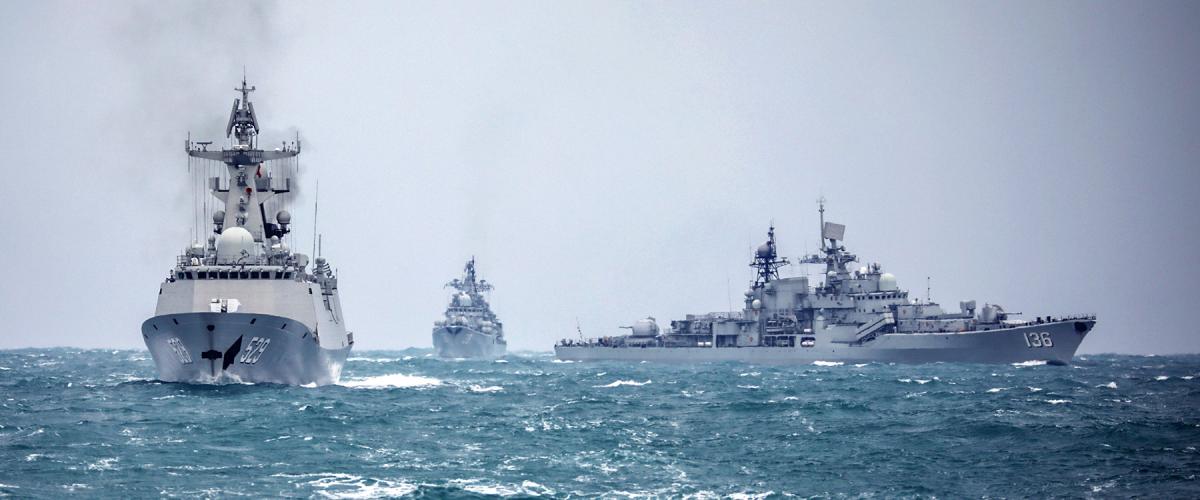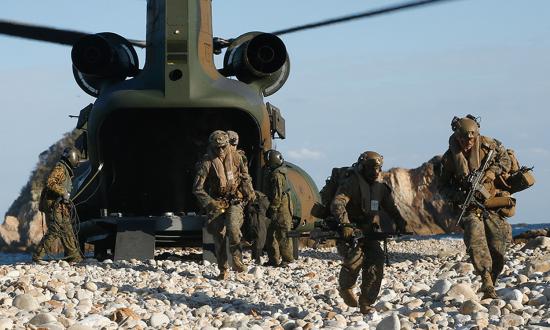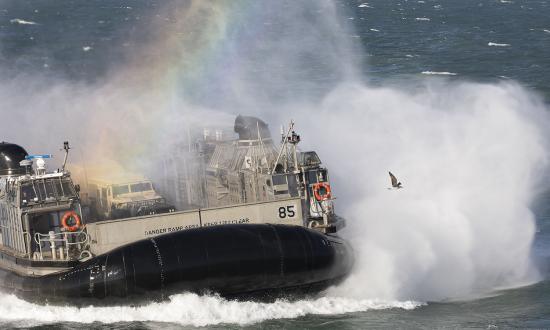In March 2021, then-Commander, U.S. Indo-Pacific Command, Navy Admiral Phil Davidson warned the Senate Armed Services Committee that “Taiwan is clearly one of [China’s] ambitions before [2050]. And I think the threat is manifest during this decade, in fact, in the next six years.” The admiral’s warning has come to be known as the “Davidson Window.” For the past three years, American Sea Power Project authors have described the challenges of dealing with China. In August 2021, Naval War College professor Sally Paine wrote, “Today, China contests the global order with genocide at home and territorial expansion abroad.” In February 2022, Thomas Mahnken wrote, “The United States . . . suffers from a critical deficit in strategic thinking about . . . the rise of China and the threat it poses . . . . Addressing that deficit is a matter of the utmost importance.”
This month and next, the Project confronts the Chinese military threat head on, starting with “The War of 2026” scenario—a robust presentation of what a China-Taiwan-United States conflict could entail. We asked experts in key warfare areas and supporting functions to describe how they would fight the war. Each tackles the problem in a different style, but a common theme emerges: U.S. naval forces have much to do to prepare for this potential fight.
Lieutenant Colonel Brian Kerg, USMC, writes that we must “Put III MEF in a Fighting Stance.” Captain Bill Toti, USN (Ret.), argues “You Can’t Win Without (More) Submarines.” Captain Scott Tait, USN (Ret.), and Commander Anthony LaVopa, USN, describe the antisurface warfare challenges in “It All Comes Down to Sea Control.” Admiral Sandy Winnefeld, USN (Ret.), predicts “Mine Warfare Could Be Key,” but the United States lacks the right kinds of mines and the means to deliver them inside China’s weapons engagement zone. Finally, in “Strike Warfare’s Inventory Problem,” Commander Graham Scarbro, USN, describes three major problems for the carrier aviation force: not enough aviators, not enough aircraft, and not enough weapons. These articles offer solutions, too, but action is needed now to implement them.
Next month will see additional articles covering command and control, space, air and missile defense, logistics, and information warfare. We also want you, our readers, to pitch into the fight, through the Institute’s “The Future of Naval Warfare” Essay Contest. Read the scenario and the expert articles, and then write your own analysis. What technology, weapon, tactic, or strategy would make a difference?
In other news, our long-time “Naval Systems” columnist Ed Walsh is retiring. Ed wrote his first column in September 1997, and since then he has explained several hundred Department of the Navy programs and systems, from torpedoes to radars to propulsion. Fair winds and following seas, Ed.
We are saddened by the recent death of legendary ocean explorer Don Walsh. Most famous for his 1960 dive to the bottom of the Mariana Trench in the bathyscaphe Trieste, Don wrote our Oceans column for years. For more on his amazing life, see our tribute in Comment and Discussion.
As 2023 ends with desperate fighting in Gaza, a grinding stalemate between Russia and Ukraine, and an increasingly threatening Chinese military buildup in the Pacific, we ponder what 2024 has in store. It is a dangerous world. The need for capable Sea Services is high. The American public must understand the threats confronting our nation and the global order. Hard problems stare us in the face; let us not wish them away but instead resolve to work together to overcome them.







